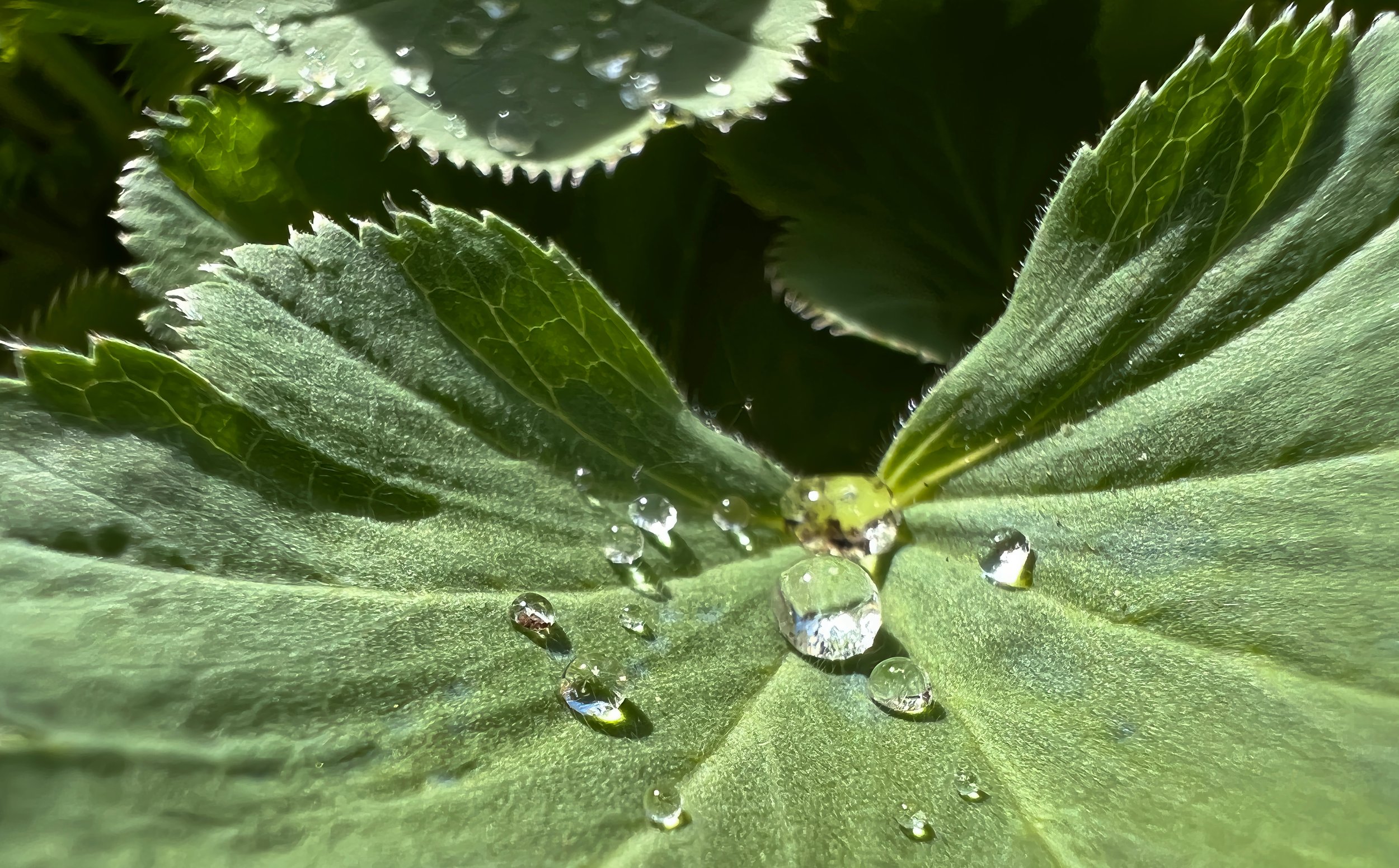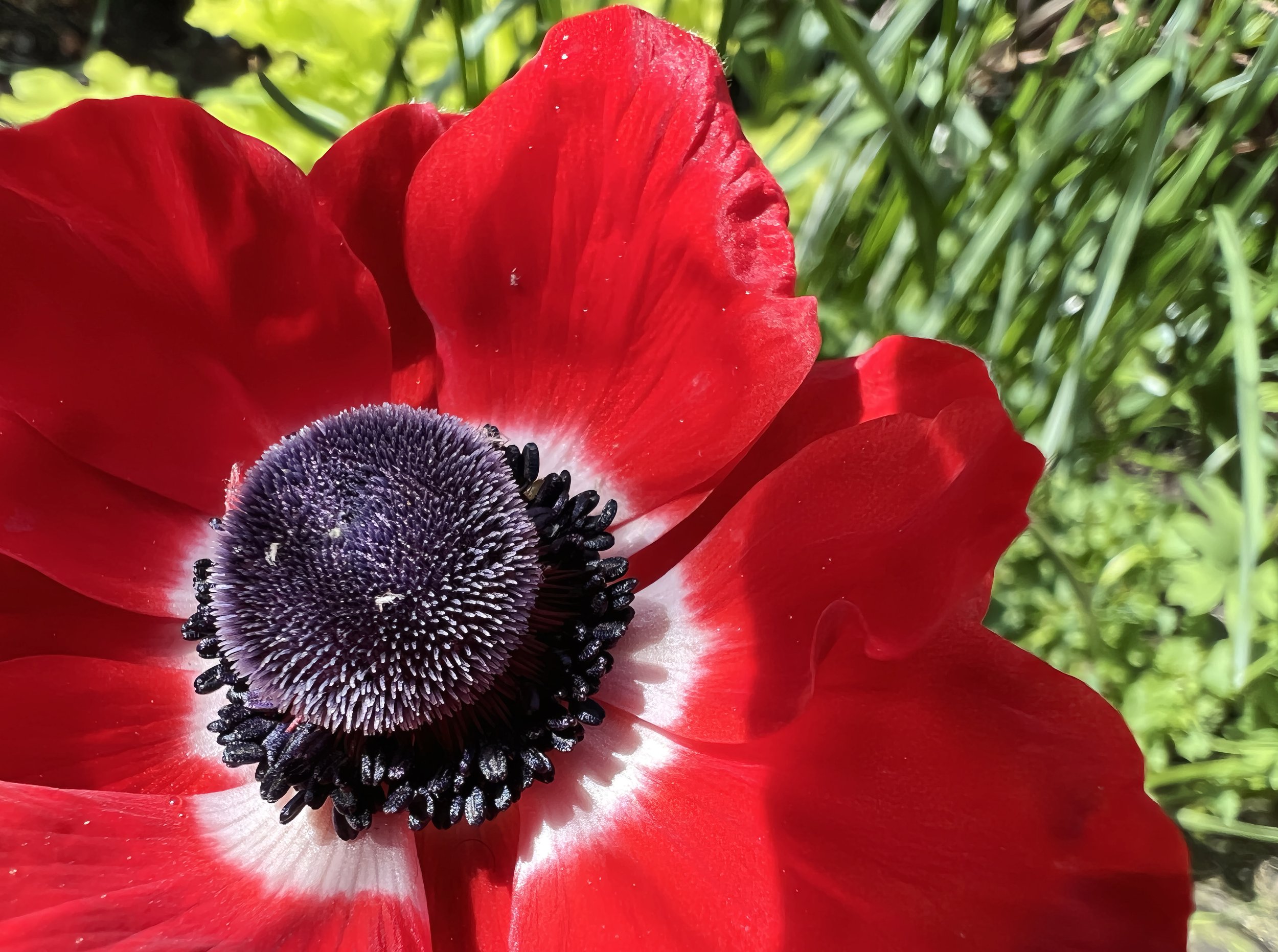Macro
Macro photography is a key part of the medium, showcasing the tiny details of well-known natural environments.
This leaf was photographed on an early summer’s day in my garden. Macro photography helps to bring new details to life, such as being able to focus on the raindrop.
This is a Roman Snail, in the local nature reserve on a spring morning.
Roman snails, also known as Helix pomatia, are large edible land snails that are native to central and southern Europe. They have been a popular food source for humans for thousands of years and are still considered a delicacy in many parts of the world.
Roman snails are today easily recognisable by their large spiral shells that can grow up to 4 centimetres in diameter. The shells are typically brown-yellow in colour and have distinct bands of darker brown or black. The snails themselves are slim and have a soft body that is light brown or grey in colour.
In the wild Roman snails can be found in a variety of habitats including forests, meadows, and gardens. They are most active at night and during periods of high humidity and they hibernate during the winter months.
However, despite their popularity, Roman snails are considered a threatened species in many parts of Europe, due to pollution and habitat loss. As a result, they are protected by law in many countries and it is illegal to harvest them without a permit.
This photo of a Poppy Anemone flower was taken on a spring day in my garden.
Poppy anemone, scientifically known as Anemone coronaria, is a captivating perennial plant native to the Mediterranean region. It belongs to the Ranunculaceae family, which includes other well-known species like buttercups and clematis. The plant typically flourishes in grasslands, open woodlands, and rocky slopes, preferring well-draining soil and full to partial sunlight.
The poppy anemone's striking flowers are a true springtime spectacle, usually blooming between March and May. They exhibit a range of vibrant colours, including red, blue, purple, and white, with a contrasting dark or pale central eye. The flowers consist of 5 to 8 petals, which form a cup-shaped structure surrounding the central black or yellow stamens, attracting pollinators like bees and butterflies.
The leaves of the poppy anemone are finely dissected and fern-like, giving the plant a delicate appearance. They grow from a tuberous root system, which allows the plant to survive in dry, arid conditions. Gardeners often plant the tubers in autumn, ensuring a stunning floral display in the following spring.
In addition to its horticultural value, the poppy anemone has symbolic and cultural significance. In Greek mythology, the anemone was associated with the story of Adonis and Aphrodite, representing the cycle of life and death. The flower has also been used in various artistic depictions, from ancient mosaics to classic paintings, as an emblem of beauty and fragility.
Today, the poppy anemone continues to captivate gardeners, florists, and nature enthusiasts alike with its vivid colours and elegant form. The plant makes an excellent addition to flower beds, borders, or containers, providing a burst of colour and charm to any garden or landscape.



